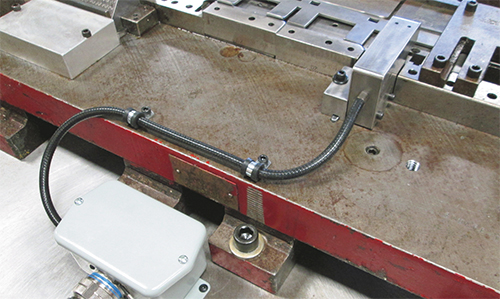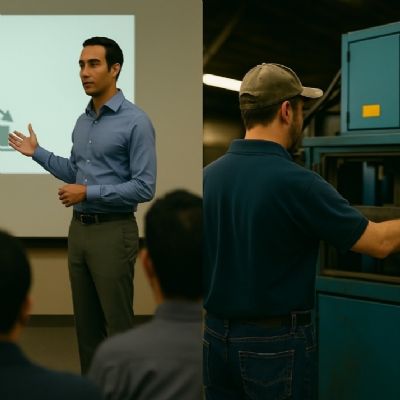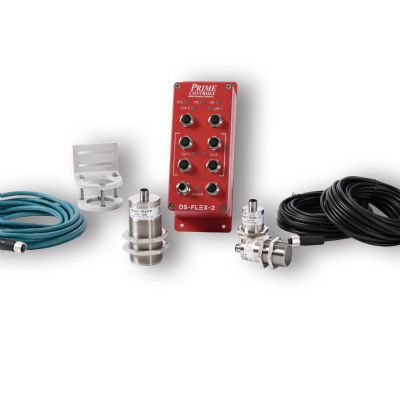Path to Excellence 'Hinges' on Skilled Workforce Error-Proofing
July 1, 2015Comments
Making money in metalforming is a difficult challenge. However, manufacturing remains one of the finest long-term money generators.
Making money in metalforming is a difficult challenge. However, manufacturing remains one of the finest long-term money generators. Investors attracted to manufacturing quickly realize that patient capital and a willingness to wait for its growth, along with the development of a skilled workforce and investments in technology are among the top predictors of a stable internal manufacturing process. Metalforming is, of course, no different.
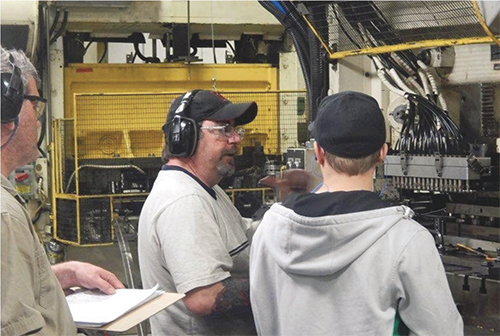
An intensive inhouse technical training institute coupled with the shadowing of shop-floor manufacturing technicians forms the backbone of skills training at Larsen & Shaw.
Larsen & Shaw in Walkerton, Ontario, Canada, serves as our shining example. The family-owned manufacturer has grown to become a leading maker of world-class custom, standard, continuous and architectural hinges, related hinge components and other types of metal stampings. The vertically integrated company undertakes product and tooling design, tool build, stamping, assembly, plating, electropolishing, finishing, and global sourcing of materials.
Management believed back in 2012 that Larsen & Shaw, at this stage of growth and with its nearly 100,000 sq. ft. of plant space and 100 employees, was due for a fresh look at its processes. Technology targeted included die protection, automated assembly, in-die part quality measurement and self-adjusting dies. Tying everything together would be implementation of company-wide enterprise-resource-planning (ERP) software. Employee technical training would be stressed to take best advantage of all of this new technology, especially the company’s new die-sensor program.
Training Critical to Technology Adoption
“Our training program is critical to the success of the sensor program and, in fact, the effective use of all shop-floor technology because, at the end of the day, the technology is only as good as the operator using it,” explains Mary Jane Bushell, Larsen & Shaw president and chief executive officer. “Operators must have an understanding of the entire system to enable efficient and safe production. Additionally, operators must have an ability to troubleshoot to quickly resolve problems. Effective troubleshooting requires an excellent understanding of the total process.”
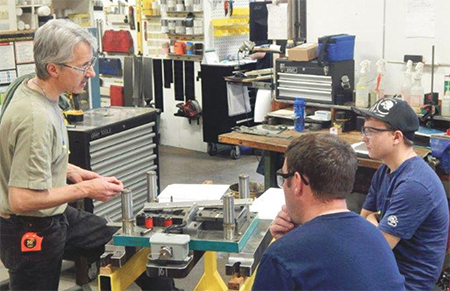
In-depth theoretical and hands-on die training for shop-floor personnel is a major component in the company’s drive to adopt new technologies such as die sensing and error-proofing.







